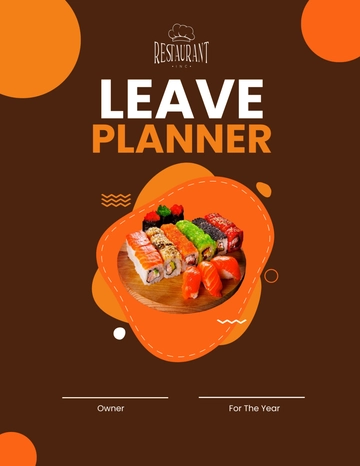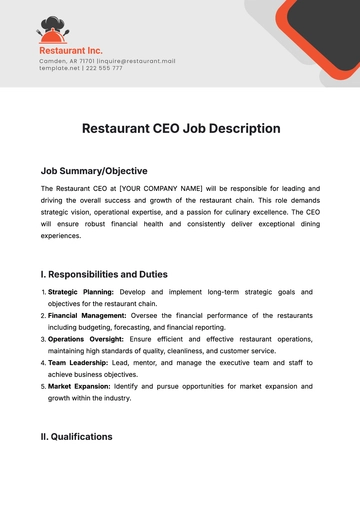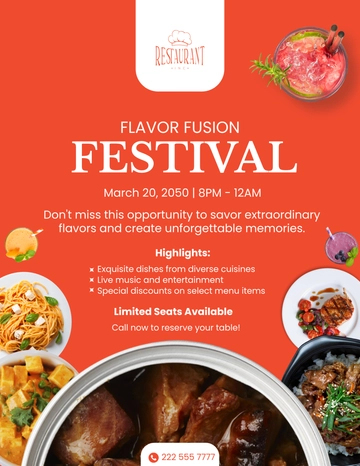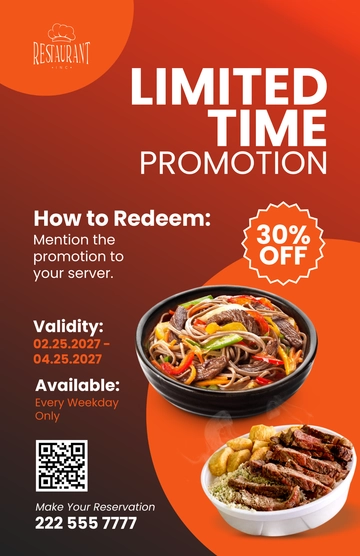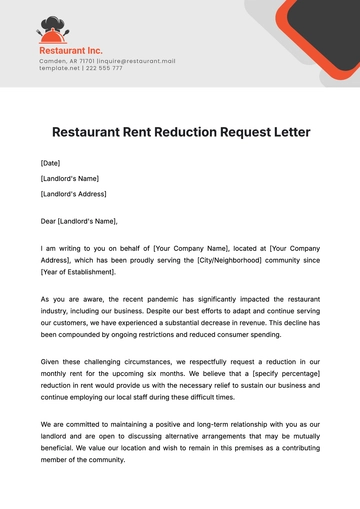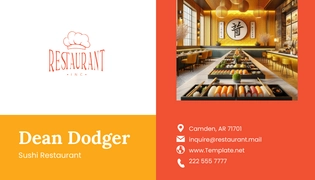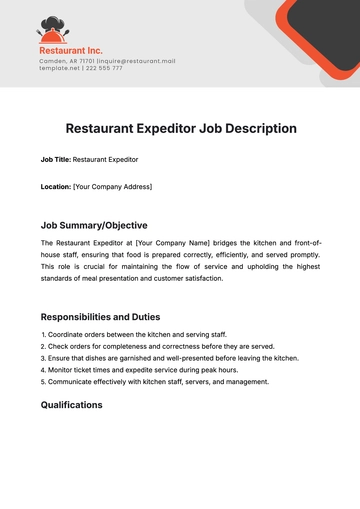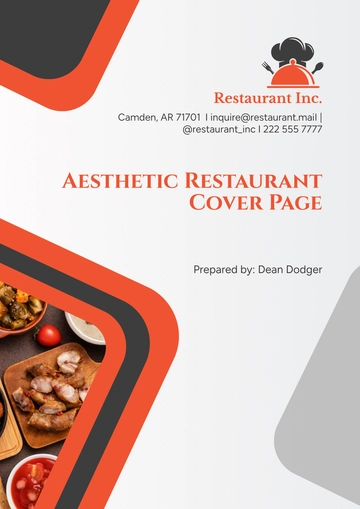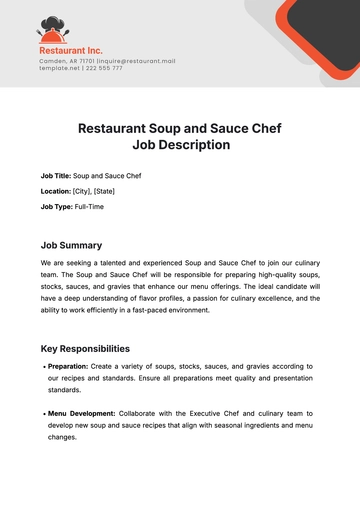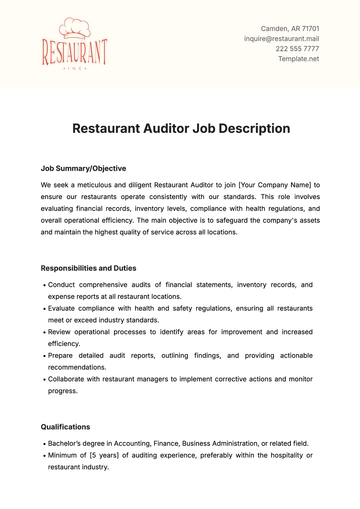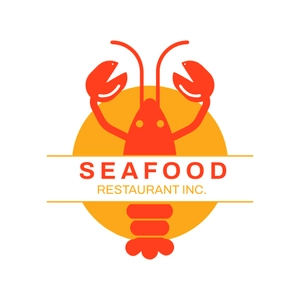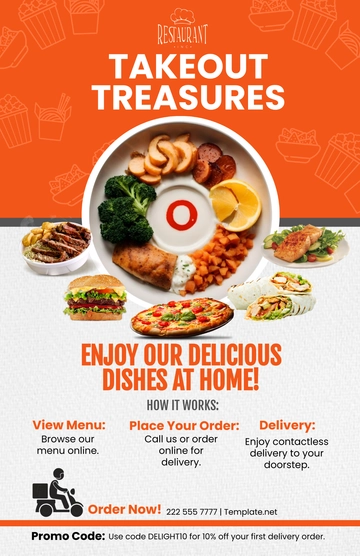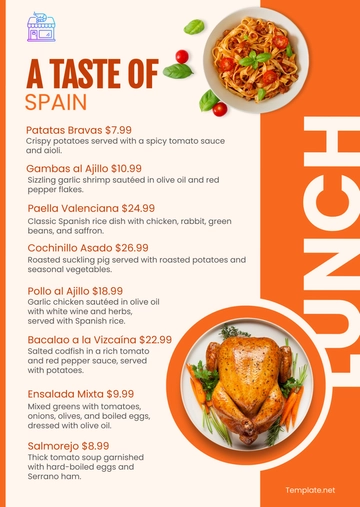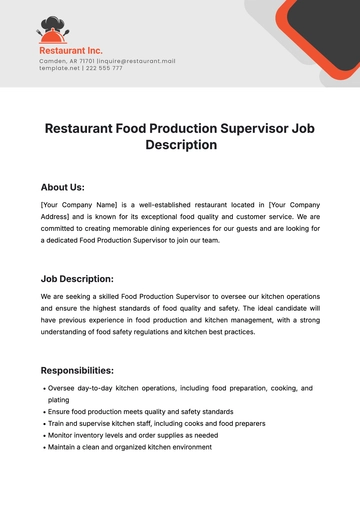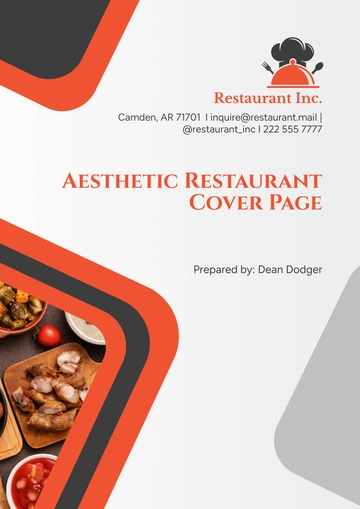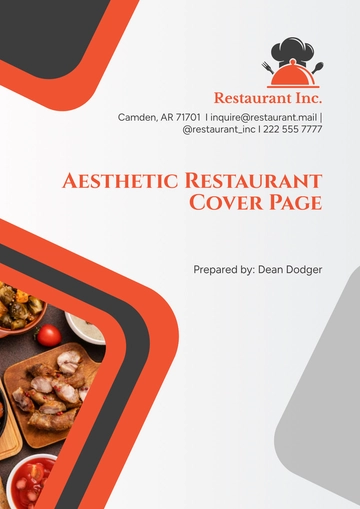Free Restaurant Management Policy
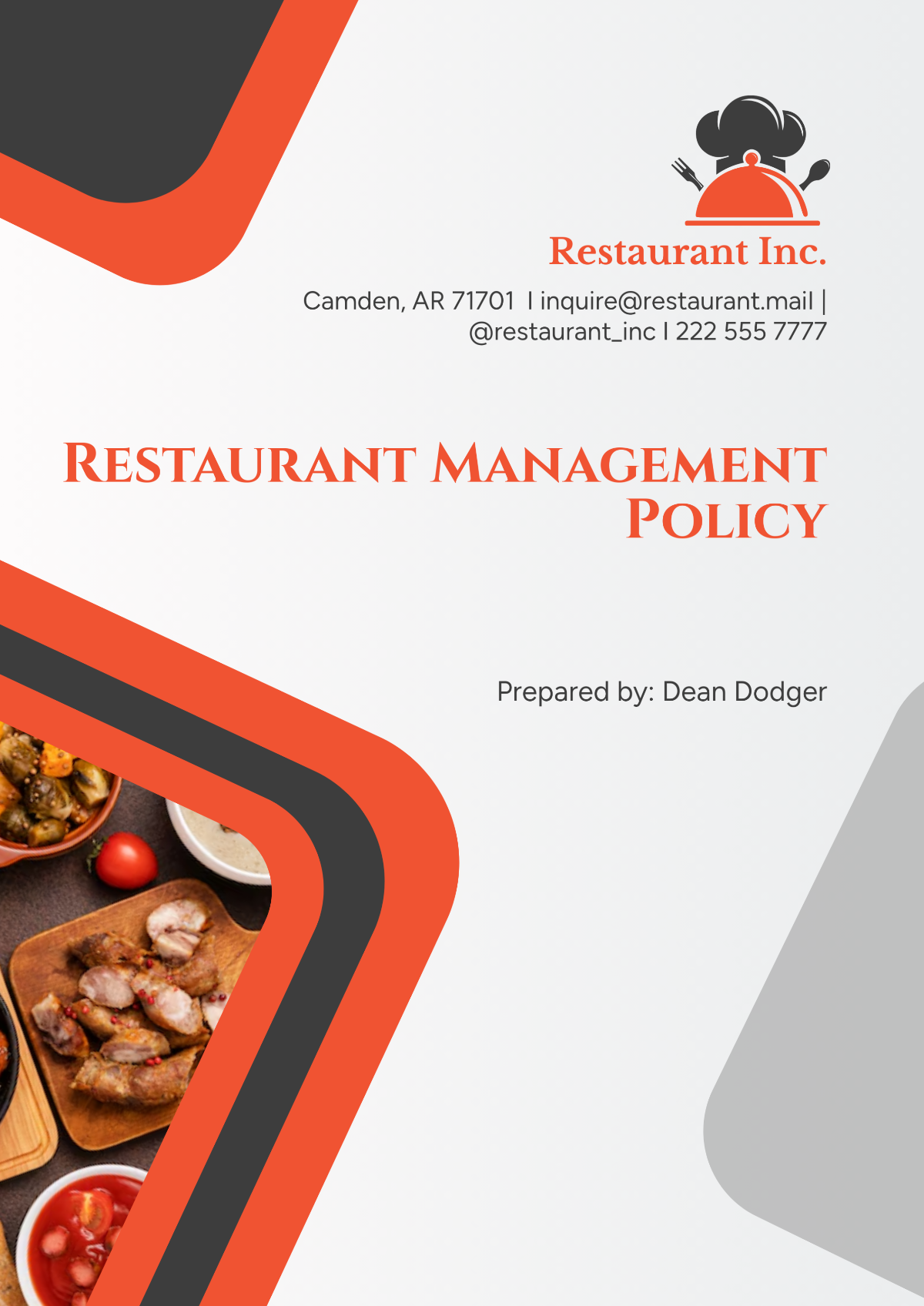
I. Introduction
A. Purpose
The purpose of this Restaurant Management Policy is to provide a comprehensive framework for the efficient and effective operation of [Your Company Name]. This policy outlines the standards and procedures necessary to maintain high levels of service, safety, and profitability within the restaurant. By adhering to these guidelines, [Your Company Name] aims to create a consistent and enjoyable dining experience for our customers while ensuring a safe and supportive work environment for our staff. This policy also serves as a reference for managers and employees to understand their roles and responsibilities clearly.
B. Scope
This policy applies to all employees, managers, and stakeholders involved in the operations of [Your Company Name]. It encompasses guidelines on employee conduct, health and safety, customer service, financial management, and overall operational procedures. This document is intended to provide clarity and direction, ensuring that all members of the organization work towards common goals. Whether you are a new hire or a seasoned employee, this policy will serve as a guide to maintaining the high standards that our customers expect.
C. Objectives
Ensure consistent delivery of high-quality food and service to exceed customer expectations and build a loyal clientele.
Maintain a safe and healthy environment for employees and customers by adhering to all relevant health and safety regulations.
Optimize financial performance and profitability through effective cost management and revenue enhancement strategies.
Foster a positive and professional workplace culture that encourages teamwork, innovation, and continuous improvement.
Support sustainability initiatives to reduce the environmental impact of our operations.
II. Employee Conduct and Responsibilities
A. Code of Conduct
Professionalism: Employees must maintain a professional demeanor at all times, including respectful communication with colleagues and customers. Personal issues should not interfere with work performance, and all interactions should reflect the values and standards of [Your Company Name].
Punctuality: Employees are expected to arrive on time for their shifts. Consistent tardiness or absenteeism may result in disciplinary action, as it disrupts the workflow and affects team morale.
Uniform and Appearance: Employees must adhere to the dress code, ensuring their uniforms are clean and well-maintained. Personal hygiene is also crucial, and employees should present a neat and tidy appearance.
Confidentiality: Employees must protect the confidentiality of company information and customer data. Sharing sensitive information outside the workplace is strictly prohibited and can lead to severe consequences.
B. Roles and Responsibilities
Managers: Responsible for overseeing daily operations, managing staff, ensuring customer satisfaction, and handling financial transactions. Managers must lead by example, providing support and guidance to their teams while ensuring compliance with company policies.
Chefs/Cooks: Prepare meals according to recipes and standards, maintain cleanliness in the kitchen, and ensure food safety. They must work efficiently to meet service demands while maintaining the quality and presentation of dishes.
Servers: Provide excellent customer service, take orders accurately, deliver food promptly, and handle payments. Servers must be attentive to customer needs, addressing any issues swiftly and courteously.
Support Staff: Assist in various roles including bussing tables, dishwashing, and maintaining the cleanliness of the restaurant. Their support is vital to the smooth operation of the restaurant, ensuring that the dining area and kitchen are clean and well-organized.
C. Training and Development
Orientation: New employees will undergo an orientation program to familiarize them with company policies, procedures, and their specific job roles. This program includes a tour of the restaurant, introductions to team members, and an overview of job expectations.
Ongoing Training: Regular training sessions will be conducted to enhance skills, update employees on new menu items, and reinforce safety protocols. These sessions are designed to keep employees informed and capable of delivering high-quality service.
Performance Reviews: Employees will receive regular performance evaluations to provide feedback and identify areas for improvement. Constructive feedback helps employees grow professionally and contributes to overall team performance.
III. Health and Safety
A. Food Safety
Hygiene Standards: All employees must wash their hands regularly, wear gloves when handling food, and avoid cross-contamination. Regular handwashing should occur before and after handling food, after using the restroom, and after any activity that could contaminate hands.
Temperature Control: Proper storage and cooking temperatures must be maintained to ensure food safety.
Refrigeration: 0-4°C to prevent bacterial growth in perishable items.
Freezing: -18°C to preserve the quality and safety of frozen foods.
Cooking: Minimum internal temperatures for various meats to ensure they are safe to eat.
Poultry: 75°C to kill harmful bacteria.
Beef: 63°C for medium doneness, ensuring pathogens are eliminated.
Seafood: 62°C to prevent foodborne illnesses.
B. Workplace Safety
Emergency Procedures: Clear procedures for emergencies such as fires, medical incidents, and power outages must be in place. Employees should be familiar with the locations of emergency exits, fire extinguishers, and first aid kits.
Equipment Safety: Regular maintenance and safety checks on kitchen equipment to prevent accidents. Employees should report any malfunctioning equipment immediately to avoid injuries and disruptions.
Personal Protective Equipment (PPE): Use of gloves, aprons, and other protective gear where necessary. PPE should be provided and maintained to ensure employee safety during their tasks.
C. Health Inspections
Regular Inspections: Schedule regular health inspections to ensure compliance with local health regulations. These inspections help identify potential issues before they become major problems.
Record Keeping: Maintain detailed records of health inspections, corrective actions, and training programs. Proper documentation ensures transparency and accountability in maintaining health standards.
IV. Customer Service
A. Service Standards
Greeting Guests: All guests should be greeted warmly within 30 seconds of arrival. A friendly greeting sets a positive tone for the dining experience and makes guests feel welcome.
Order Accuracy: Orders must be taken and delivered accurately, with any modifications clearly communicated to the kitchen staff. Accurate orders prevent misunderstandings and enhance customer satisfaction.
Complaint Handling: Any customer complaints should be addressed promptly and professionally, with efforts made to resolve issues satisfactorily. Listening to customer concerns and resolving them swiftly can turn a negative experience into a positive one.
B. Customer Feedback
Surveys: Regularly distribute customer satisfaction surveys to gather feedback. Surveys can provide insights into customer preferences and areas needing improvement.
Review Monitoring: Monitor online reviews and social media for feedback and respond appropriately. Engaging with customers online shows that the restaurant values their input and is committed to improving.
Improvement Plans: Use customer feedback to implement changes and improve service quality. Continuous improvement based on feedback can lead to higher customer satisfaction and loyalty.
V. Financial Management
A. Budgeting
Annual Budget: Develop an annual budget outlining expected revenues and expenses. This budget should include projections for sales, labor costs, food costs, and other operating expenses.
Monthly Reviews: Conduct monthly financial reviews to track performance against the budget and adjust as necessary. Regular reviews help identify trends and make informed decisions to stay on track financially.
B. Revenue Management
Pricing Strategy: Set menu prices based on cost analysis, market trends, and competitor pricing. Pricing should balance profitability with customer value perceptions.
Sales Targets: Establish sales targets for staff and incentivize meeting these targets through bonuses or other rewards. Setting targets motivates staff to perform better and drives overall revenue growth.
C. Expense Control
Inventory Management: Regular inventory checks to minimize waste and theft. Efficient inventory management ensures that the restaurant operates smoothly without overstocking or running out of key ingredients.
Cost Reduction: Identify areas for cost reduction without compromising quality, such as negotiating better supplier contracts. Reducing costs while maintaining quality helps improve profit margins.
VI. Operations Management
A. Daily Operations
Opening Procedures: Detailed checklist for opening the restaurant, including setting up dining areas, checking reservations, and preparing the kitchen. A thorough opening routine ensures the restaurant is ready for service.
Closing Procedures: Closing checklist, including cleaning, securing cash, and setting alarms. Proper closing procedures maintain security and cleanliness for the next day's operations.
B. Supplier Management
Supplier Selection: Criteria for selecting reliable suppliers based on quality, cost, and delivery performance. Choosing the right suppliers ensures consistent quality and timely deliveries.
Contract Management: Maintain clear contracts with suppliers outlining terms of service, pricing, and delivery schedules. Well-managed contracts help prevent misunderstandings and ensure smooth operations.
C. Technology and Systems
POS Systems: Use modern point-of-sale systems for efficient order taking, inventory management, and sales tracking. POS systems streamline operations and provide valuable data for decision-making.
Reservations: Implement an online reservation system to manage bookings and reduce wait times. An efficient reservation system improves customer satisfaction and optimizes seating arrangements.
VII. Marketing and Promotion
A. Branding
Brand Identity: Maintain a consistent brand identity across all marketing materials, including logos, color schemes, and messaging. A strong brand identity helps build recognition and loyalty.
Customer Loyalty Programs: Develop and implement loyalty programs to encourage repeat business. Loyalty programs reward regular customers and incentivize them to return.
B. Advertising
Digital Marketing: Utilize social media, email campaigns, and online ads to reach a wider audience. Digital marketing efforts should be targeted and engaging to attract potential customers.
Traditional Marketing: Use flyers, local newspaper ads, and partnerships with local businesses for promotion. Traditional marketing can complement digital efforts and reach different segments of the community.
C. Events and Special Offers
Themed Nights: Organize themed nights and special events to attract customers. Events such as live music, trivia nights, or holiday celebrations can draw in new and returning patrons.
Seasonal Offers: Create seasonal promotions and discounts to boost sales during off-peak times. Special offers can encourage visits during slower periods and increase overall sales.
VIII. Sustainability Practices
A. Environmental Impact
Waste Reduction: Implement recycling programs and reduce food waste through better inventory management. Reducing waste not only benefits the environment but also lowers disposal costs.
Energy Efficiency: Use energy-efficient appliances and lighting to reduce energy consumption. Investing in energy-efficient solutions can lead to significant cost savings over time.
B. Sourcing
Local Suppliers: Prioritize sourcing ingredients from local suppliers to reduce carbon footprint and support the local economy. Local sourcing often results in fresher ingredients and helps build community relationships.
Sustainable Products: Use sustainable and eco-friendly products wherever possible. Choosing sustainable options reflects the restaurant's commitment to environmental responsibility.
IX. Compliance and Legal Considerations
A. Licensing and Permits
Business Licenses: Ensure all necessary business licenses and permits are obtained and kept up to date. Operating without the proper licenses can result in fines and legal issues.
Alcohol Licensing: If applicable, maintain proper alcohol service licenses and comply with all regulations. Proper training and adherence to laws are essential to avoid penalties.
B. Employment Laws
Fair Labor Practices: Adhere to all local labor laws regarding wages, working hours, and employee rights. Fair labor practices contribute to a positive work environment and legal compliance.
Non-Discrimination: Maintain a non-discriminatory workplace, providing equal opportunities for all employees. An inclusive environment fosters diversity and enhances team performance.
C. Data Protection
Customer Data: Protect customer data in compliance with privacy laws. Secure handling of customer information builds trust and prevents legal issues.
Employee Data: Securely handle and store employee records. Protecting employee data ensures confidentiality and complies with privacy regulations.
X. Conclusion
A. Policy Review and Updates
Annual Review: Conduct an annual review of the Restaurant Management Policy to ensure it remains current and effective. Regular updates reflect changes in regulations, industry standards, and company goals.
Feedback Incorporation: Incorporate feedback from staff and customers into policy updates. Engaging stakeholders in the review process ensures the policy meets practical needs and expectations.
B. Acknowledgment
All employees must acknowledge that they have read, understood, and will comply with the Restaurant Management Policy. This acknowledgment ensures that everyone is aware of their responsibilities and the standards they must uphold.
- 100% Customizable, free editor
- Access 1 Million+ Templates, photo’s & graphics
- Download or share as a template
- Click and replace photos, graphics, text, backgrounds
- Resize, crop, AI write & more
- Access advanced editor
Set clear guidelines and expectations with our Restaurant Management Policy Template on Template.net. This editable document covers essential management policies, ensuring smooth operations and consistent leadership within your restaurant. Customize to align with your restaurant's values and goals for effective management.
You may also like
- Restaurant Agreement
- Restaurant Banner
- Sheet
- Restaurant Checklist
- Restaurant Form
- Restaurant Invitation
- Restaurant Invoice
- Restaurant Letterhead
- Restaurant Meeting Minute
- Restaurant Menu
- Restaurant Presentation
- Restaurant Policy
- Restaurant Proposal
- Restaurant Receipt
- Restaurant Report
- Restaurant Spreadsheet
- Restaurant Flyer
- Restaurant Plan
- Restaurant Poster
- Restaurant Contract
- Restaurant Business Card
- Restaurant Schedule
- Restaurant Brochure
- Restaurant Survey
- Restaurant Evaluation
- Restaurant Business Plan


